The Materialised Temporality of

︎︎︎
Dust settles—
layer upon layer, a quiet, unremarkable
presence.
How can we experience the history of a site from a microbial perspective? How does a non-human archive look?
Dust settles—layer upon layer, a quiet, unremarkable presence.
But dust is not simply the residue of decay; it is alive, teem with microbial life, a material archive of entangled histories. The Materialised Temporality of Dust invites us to look closer, to see dust not as matter out of place, but as a repository of life—a complex mixture of organic and inorganic matter where the past and future converge in microbial form. Here, microbes do more than persist; they shape the world, recording the intricate interactions of life that have unfolded across time.
Through the lens of microbial life, participants are invited to re-experience the Royal College of Art’s Kensington Campus as it stood in the 1960s to present times. But this is not a human-centered history. It is a history told by dust, through the microbial lives that have flourished unnoticed, inhabiting spaces we call "ours."
Dust settles—layer upon layer, a quiet, unremarkable presence.
But dust is not simply the residue of decay; it is alive, teem with microbial life, a material archive of entangled histories. The Materialised Temporality of Dust invites us to look closer, to see dust not as matter out of place, but as a repository of life—a complex mixture of organic and inorganic matter where the past and future converge in microbial form. Here, microbes do more than persist; they shape the world, recording the intricate interactions of life that have unfolded across time.
Through the lens of microbial life, participants are invited to re-experience the Royal College of Art’s Kensington Campus as it stood in the 1960s to present times. But this is not a human-centered history. It is a history told by dust, through the microbial lives that have flourished unnoticed, inhabiting spaces we call "ours."
Immersive microbial perspectives
The journey unfolds in four scenes:

Past
We begin in the RCA library of the 1960s, where archival photographs reveal its original layout, untouched by the renovations of the 1980s. A voice-over guides the audience, urging them to see through the eyes of the dust microbiome. In the dust, memories linger, mapping a history beyond human notice.

Dormant
Darkness envelops the scene, and participants become dormant microbes—neither dead nor alive, but dormant. This is sporulation, a state of microbial stasis, where bacterial spores encase themselves in protective shells, capable of withstanding extreme conditions. Time is irrelevant; survival is the only measure, as these spores may revive after millions of years.

Awakening
The scene bursts into vibrant life, as the dormant microbe awakens after 63 years, shifting scales, shapes, and forms. Though the library’s layout has transformed, the dust endures—linking past and present. In this microbial revival, participants witness the library as it was and as it is, all at once.

Present
Now, the RCA library appears in its present form, yet participants are no longer the same. As microbes, they have passed through 45,990 generations, evolving and persisting with a life cycle that unfolds beyond human perception.
The sonic ecologies of dust
How can we access the sonic ecologies of dust? This project asks, not with the expectation of a clear answer, but as an invitation to listen—to attune ourselves to the hidden vibrations of non-human life. Dust, often seen as inert, holds within it a cacophony of microbial activity, layers of time that speak in frequencies beyond human hearing. Through potential methods of dust sonification and sonic archives, the project explores what it means to hear dust, to translate its silent ecologies into sound.
As the layers of sound build, what emerges is a new kind of testimony. The sonic forms suggest an alternative history, one where dust carries the memory of its environment across decades, and sound offers a voice to the non-human agents that shape and share our world. Through these vibrations, we begin to access not just dust’s materiality, but its participation in the passage of time.
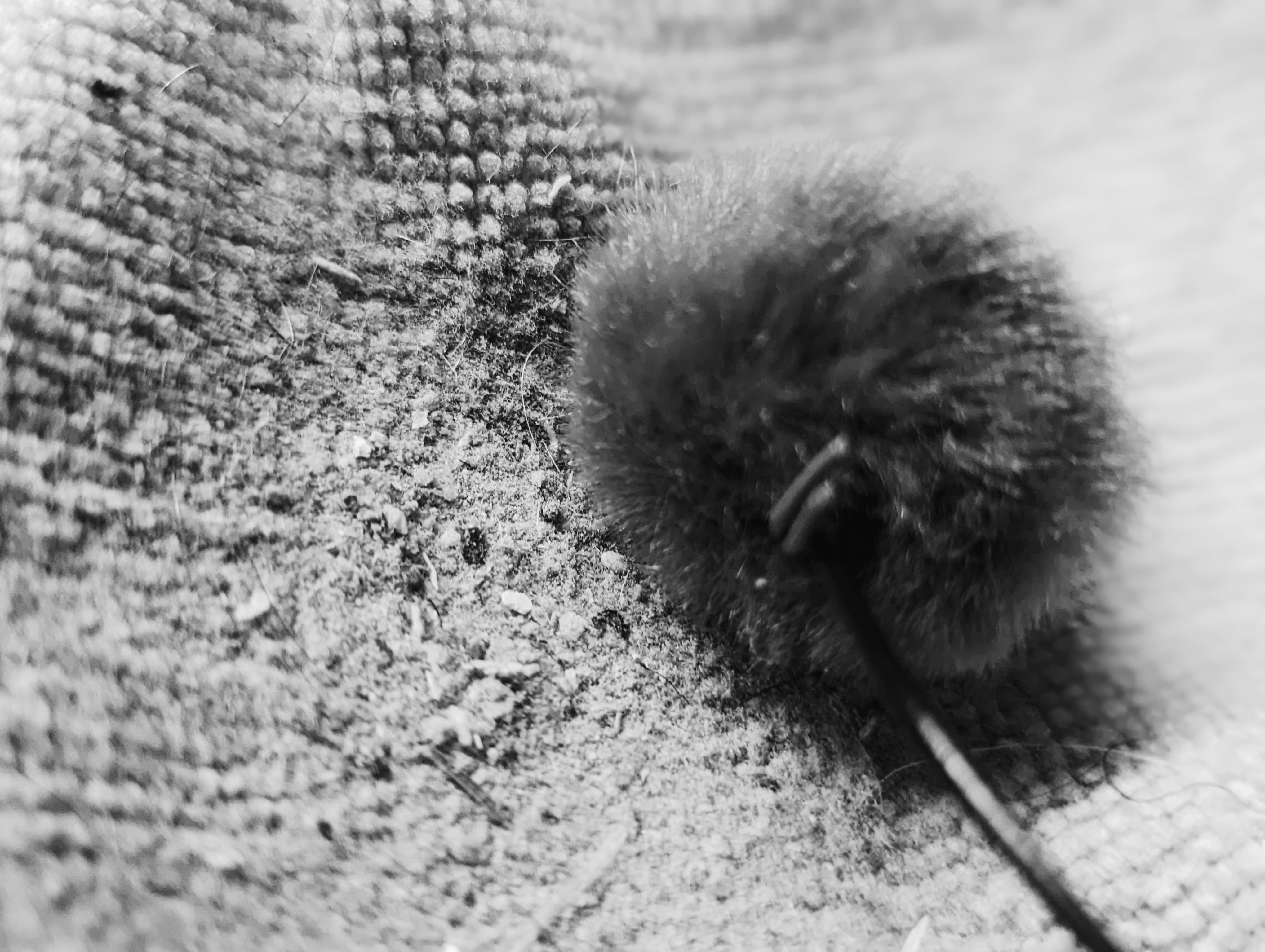
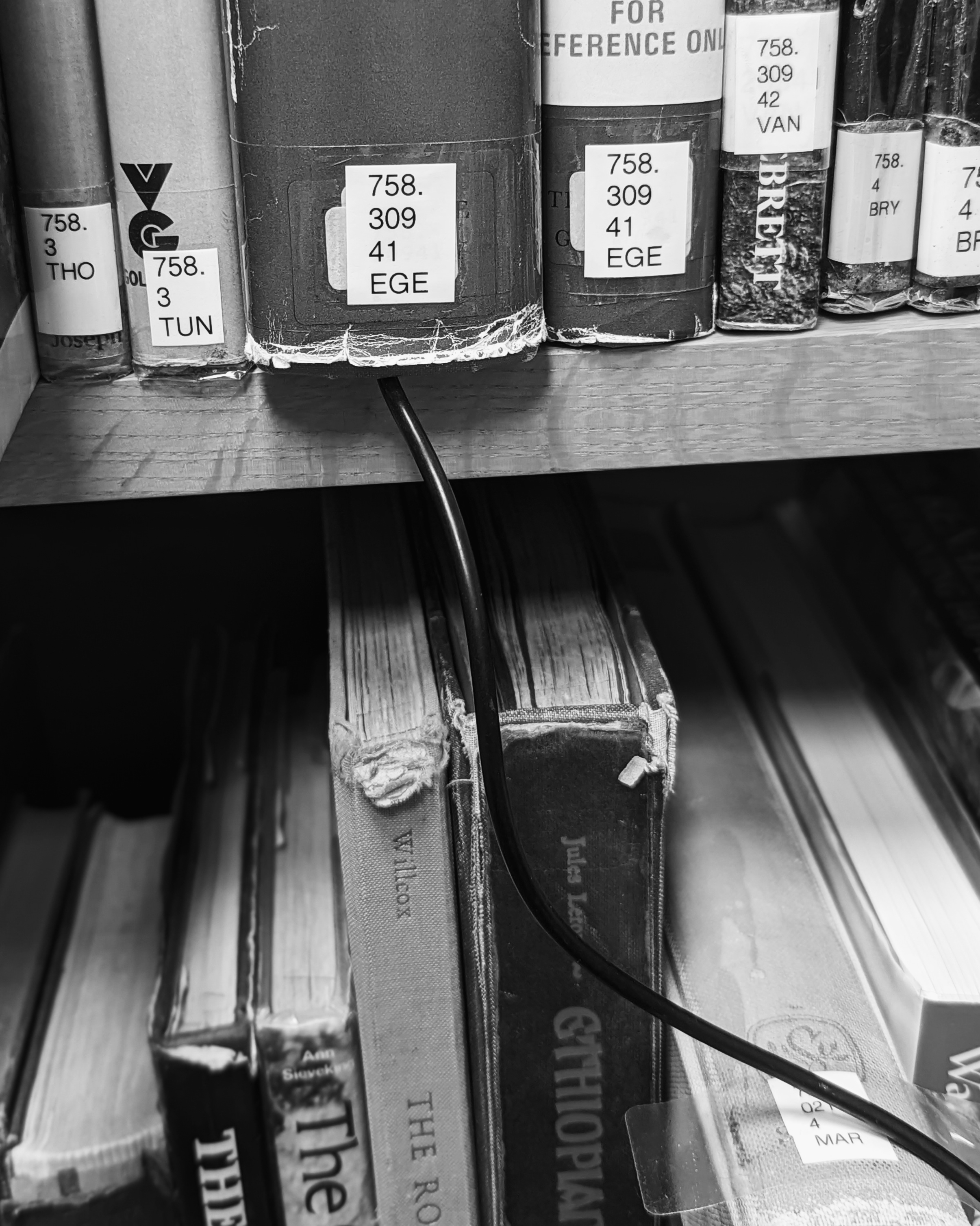
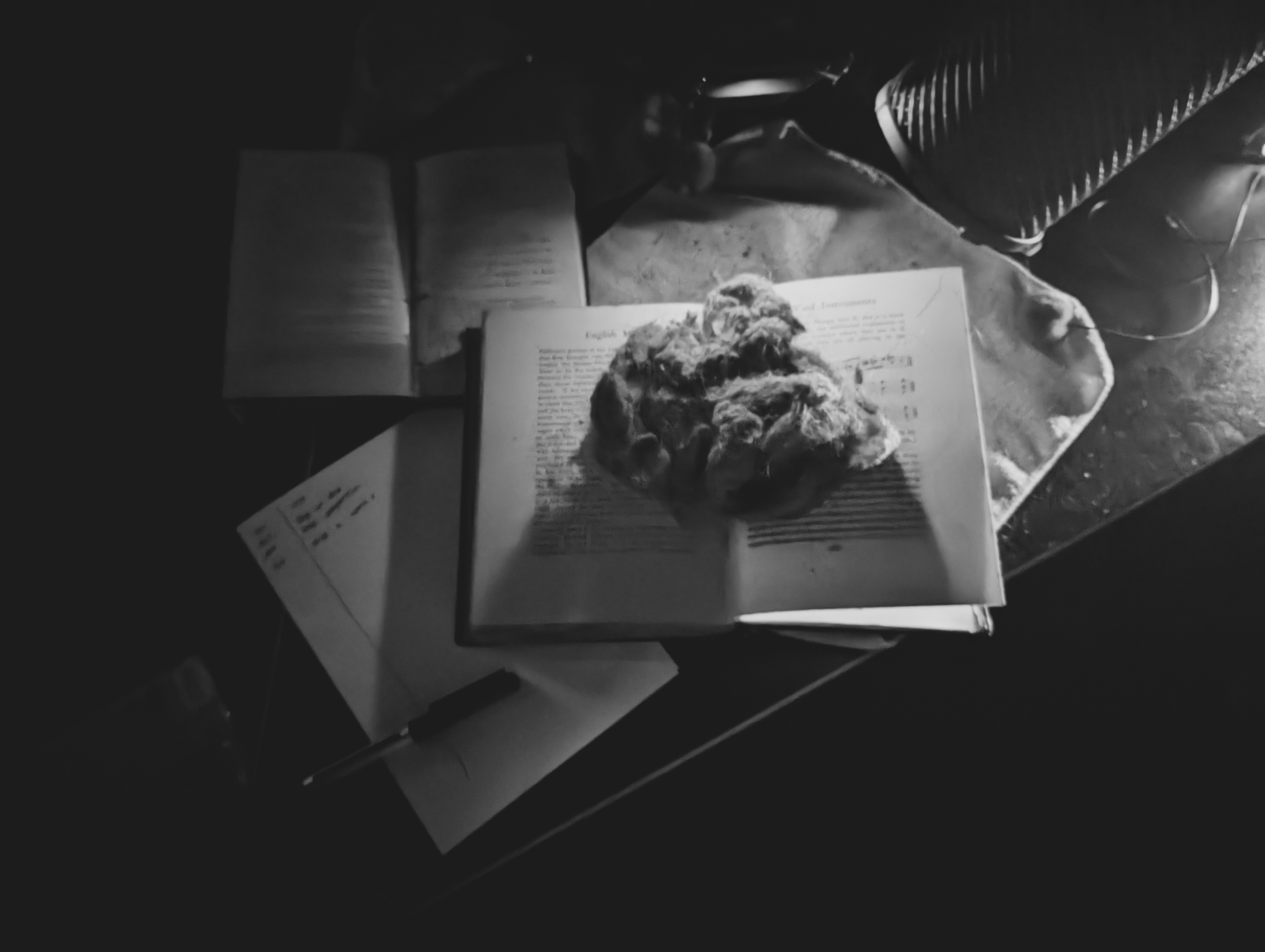

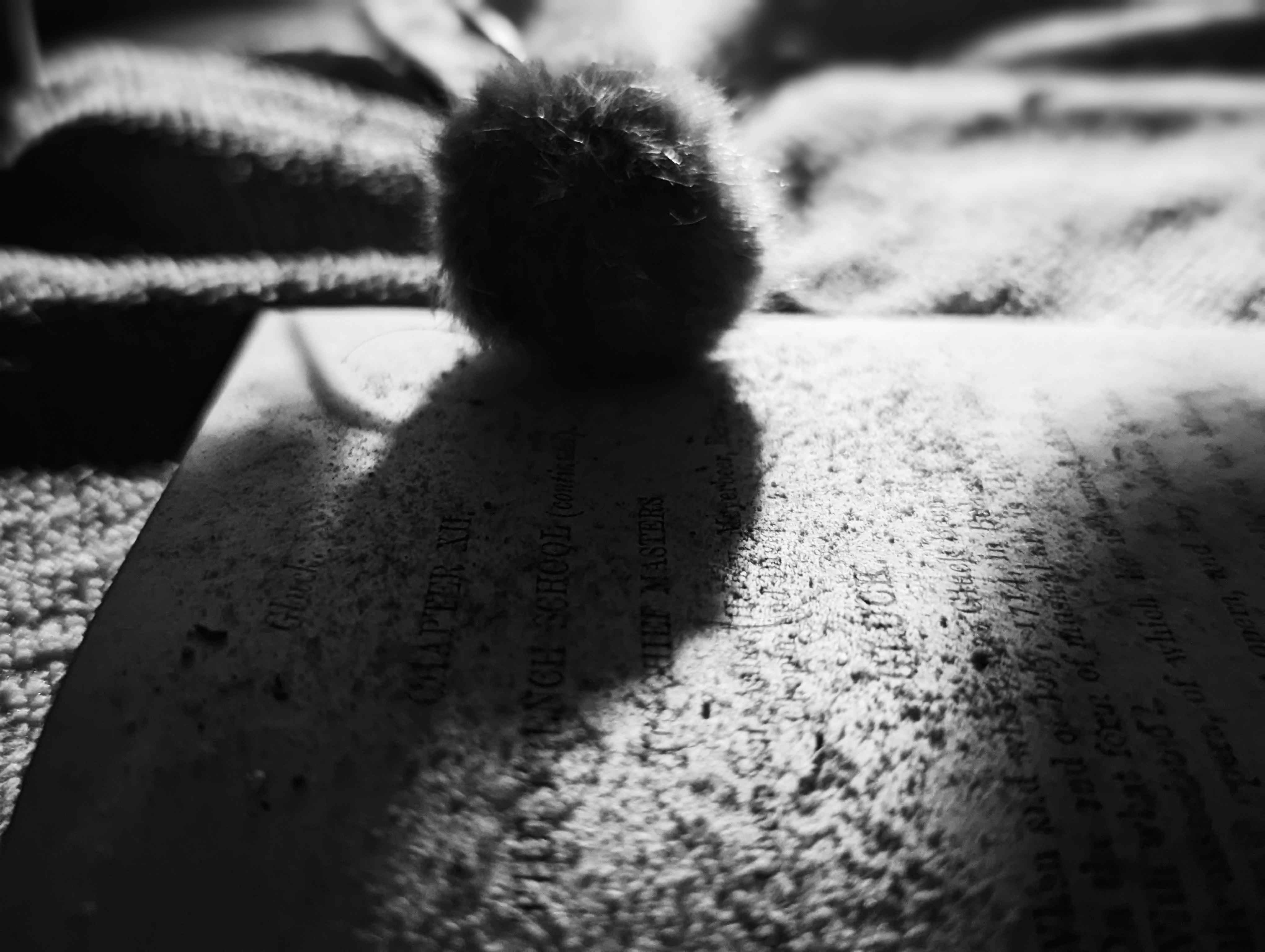
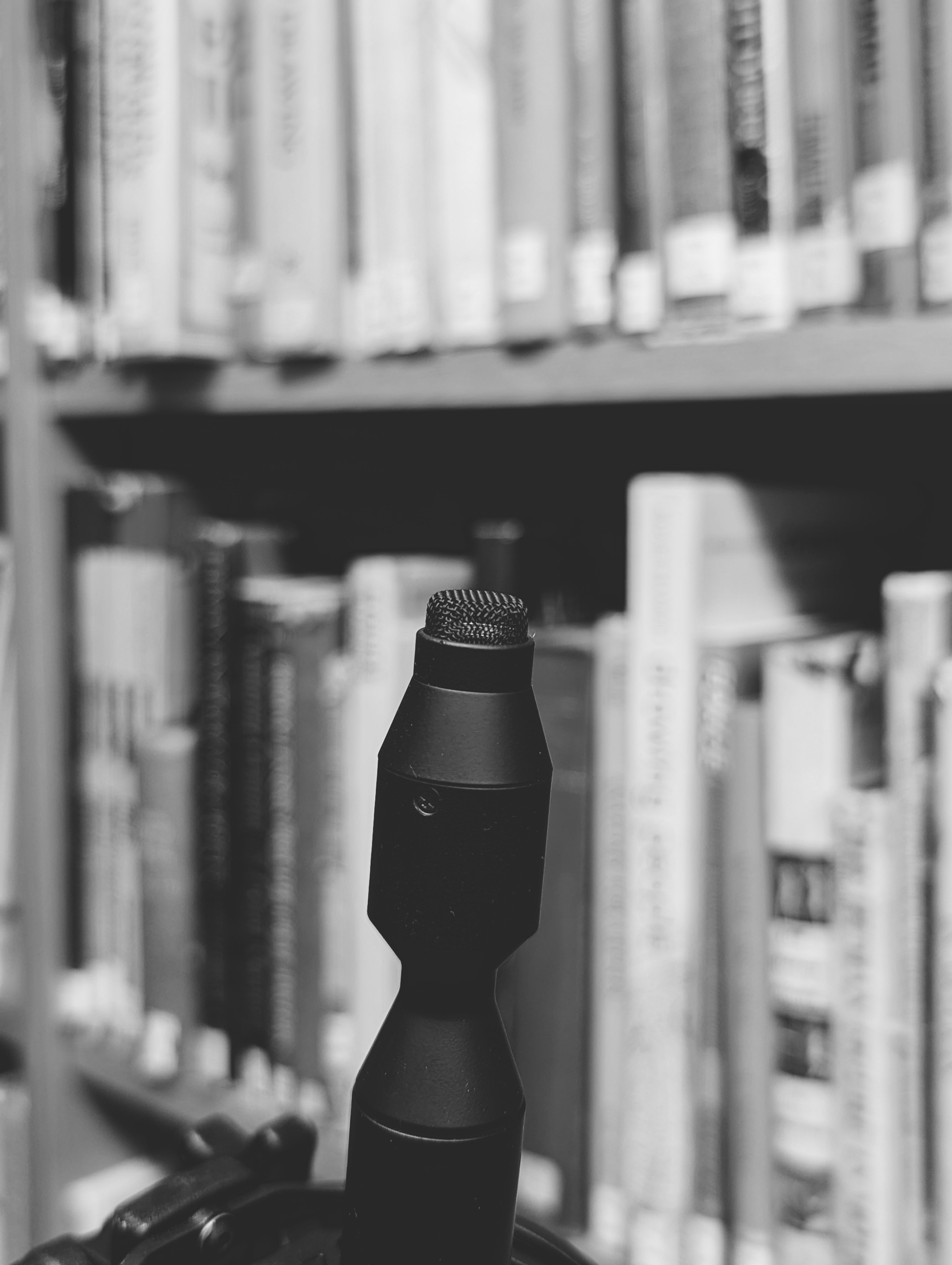
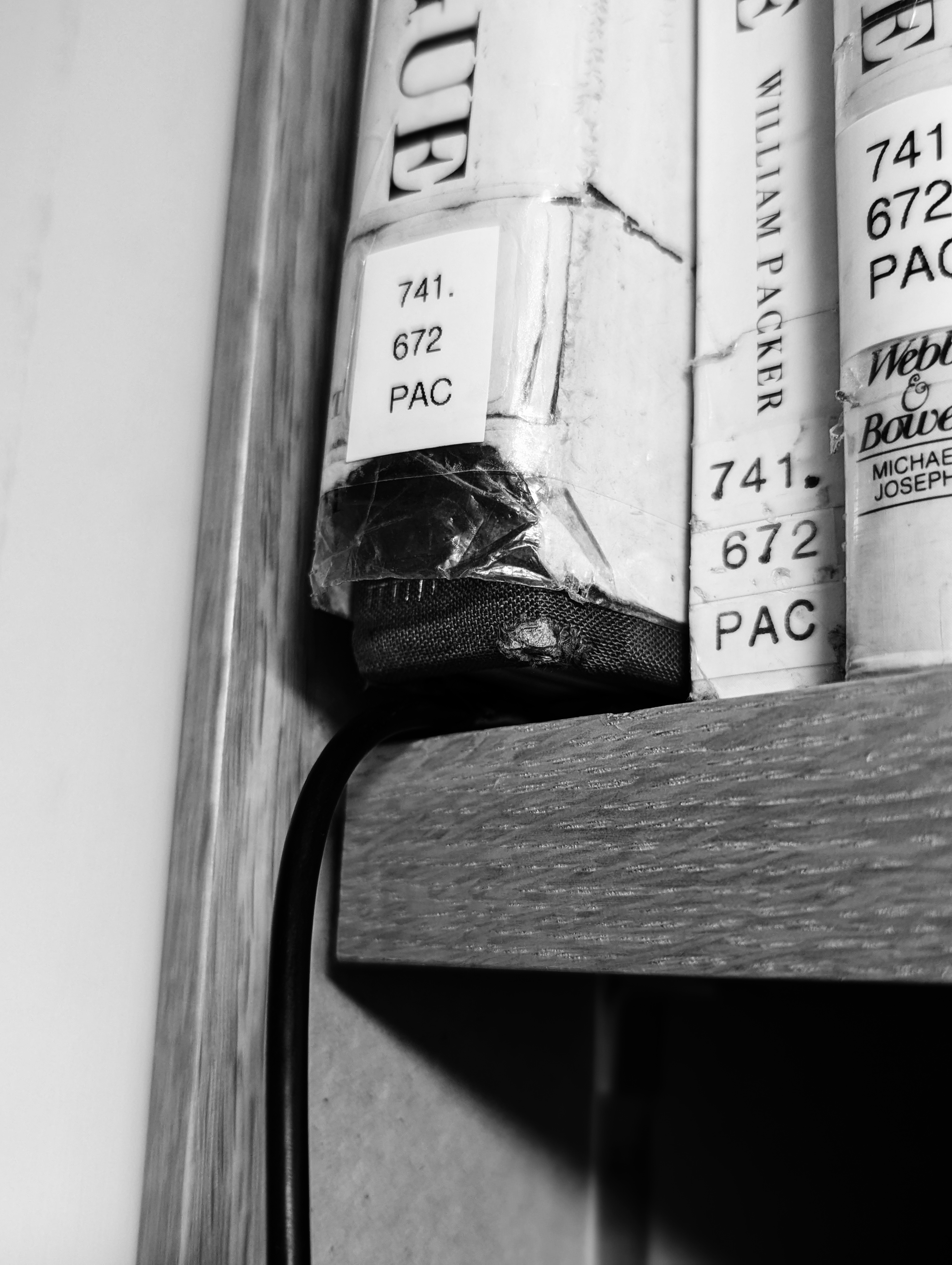
Early explorations




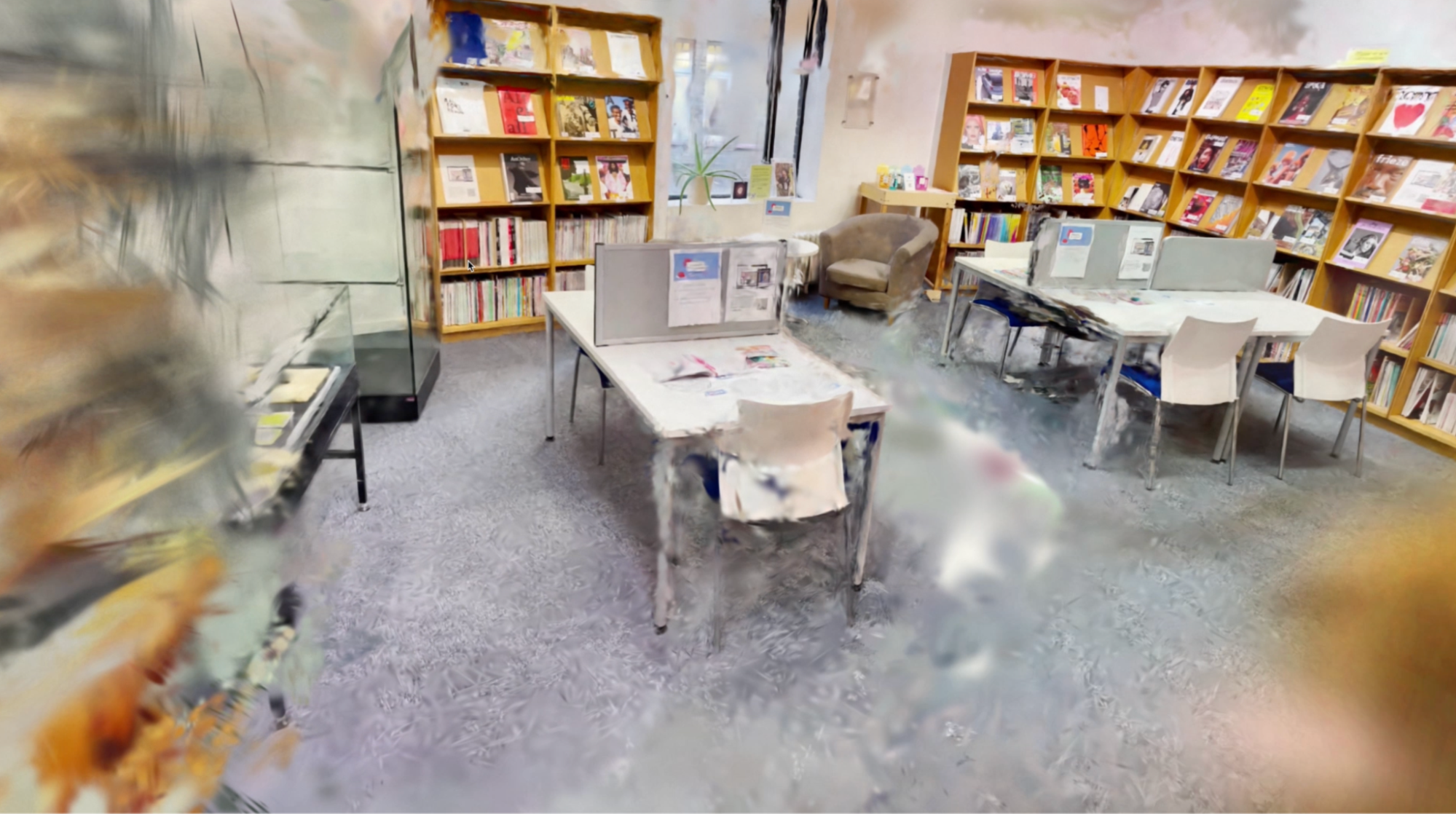
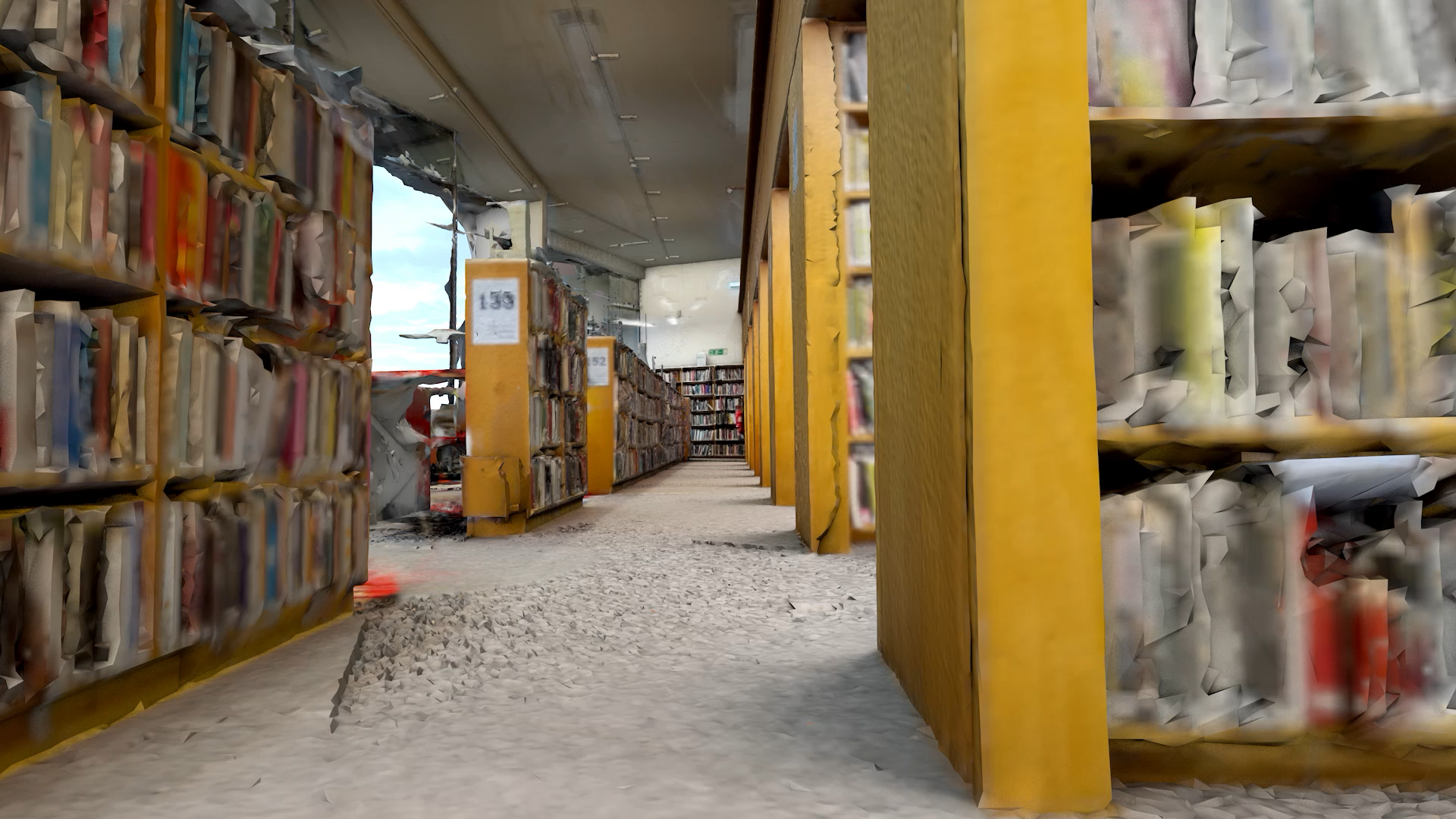
Development team
Creative Director – Dr Carolina Ramirez-Figueroa
Technical Director – Campbell Orme
Conceptual Designer – Ant Nevin
Composer / Sound Artist – Laura Selby
Composer / Sound Artist – Neil Crispin Aldridge
Voice Actors – Dr Carolina Ramirez-Figueroa, Laura Selby, Neil Crispin Aldridge and Ant Nevin
Creative Director – Dr Carolina Ramirez-Figueroa
Technical Director – Campbell Orme
Conceptual Designer – Ant Nevin
Composer / Sound Artist – Laura Selby
Composer / Sound Artist – Neil Crispin Aldridge
Voice Actors – Dr Carolina Ramirez-Figueroa, Laura Selby, Neil Crispin Aldridge and Ant Nevin
Special thanks
Technical Consultant – Luke Holland
Pcx resources for Unity – Keijiro Takahashi
RCA Archives and Collections Manager – Neil Parkinson
RCA School of Communications Dean – Kerry Curtis
Brain Audio Sound Studio
Royal College of Art Library Team
College of Creative Arts, Massey University. New Zealand.
Technical Consultant – Luke Holland
Pcx resources for Unity – Keijiro Takahashi
RCA Archives and Collections Manager – Neil Parkinson
RCA School of Communications Dean – Kerry Curtis
Brain Audio Sound Studio
Royal College of Art Library Team
College of Creative Arts, Massey University. New Zealand.
Archive Images and Sound
RCA Library from the 60s-80s, courtesy of Royal College of Art archive, photographer unknown
1960s ‘life at the RCA’ film, courtesy of Royal College of Art archive, original filmmaker unknown
RCA Library from the 60s-80s, courtesy of Royal College of Art archive, photographer unknown
1960s ‘life at the RCA’ film, courtesy of Royal College of Art archive, original filmmaker unknown
Have a project you want to talk about?
CONTACT
CONTACT
Artist Laura Selby
Based in Croydon, London. UK
Based in Croydon, London. UK
